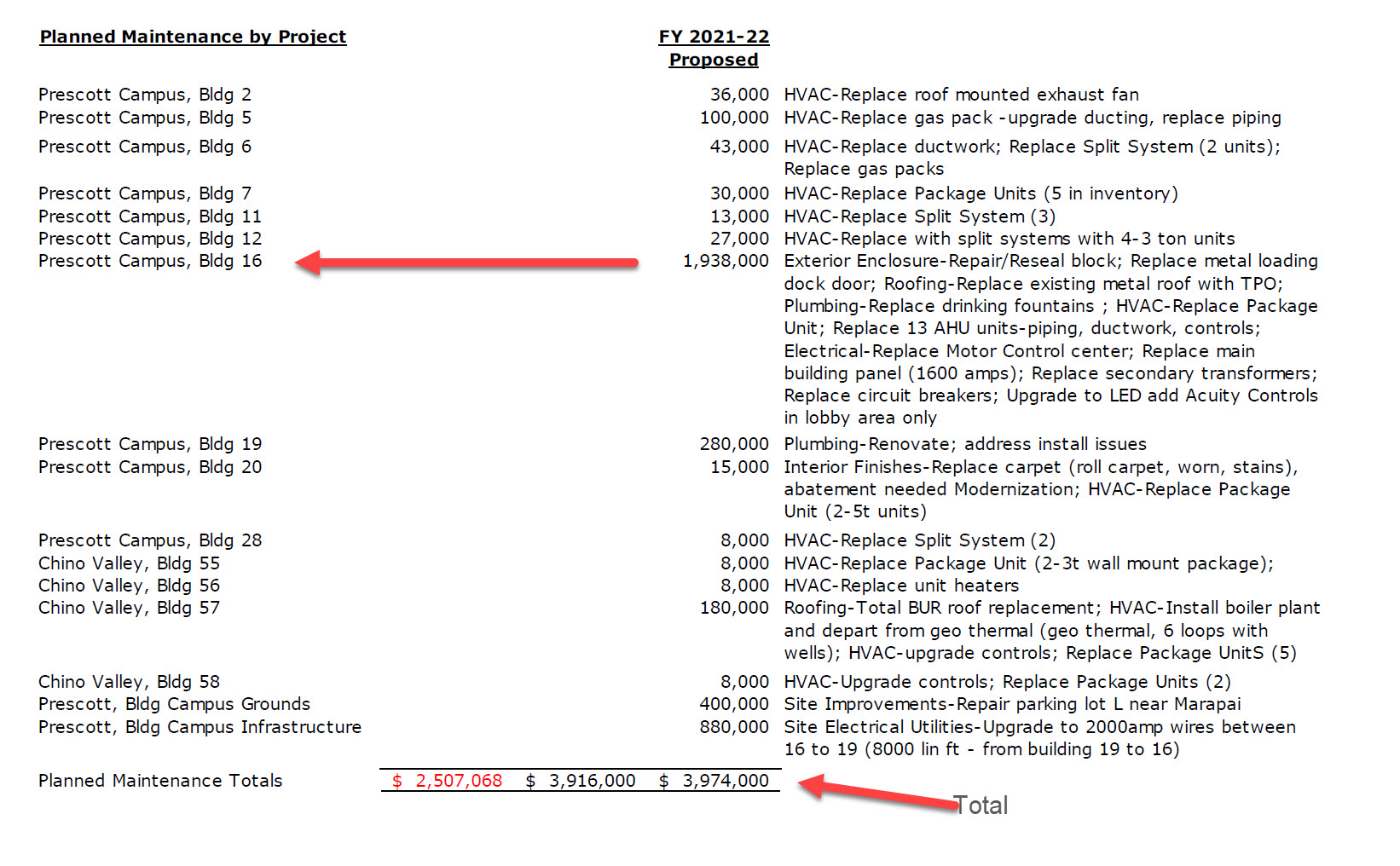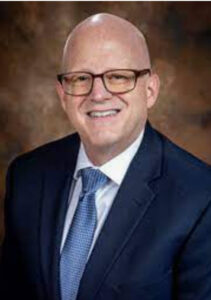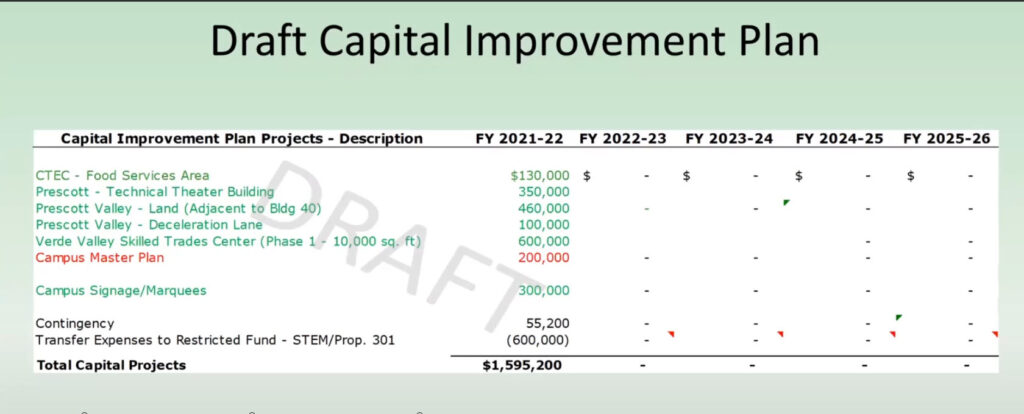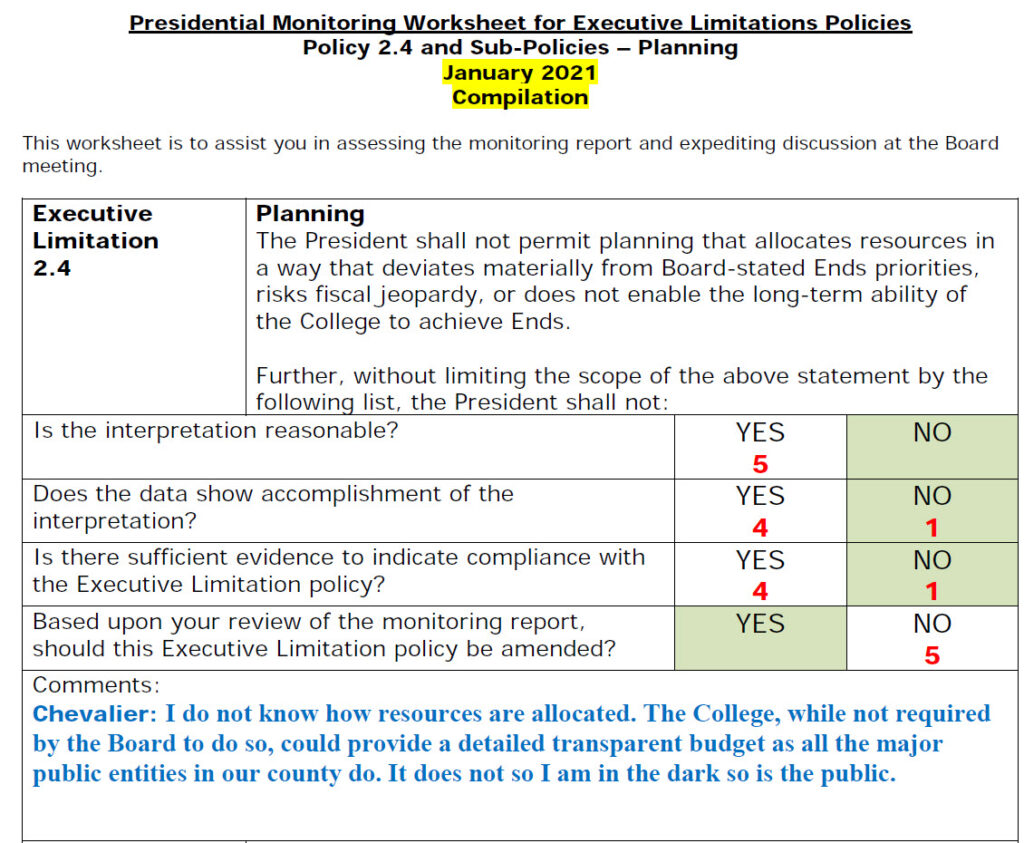First District Representative Sigafoos lauds employees for their work; says not giving employees 3% increase will send money to contingency fund, “which is not the right thing to do”

First District Representative Ray Sigafoos
First District Yavapai Community College Governing Board representative Ray Sigafoos voted to approve the Community College’s $92.9 million budget at the May Board meeting. The budget included a 3% across-the-board increase for faculty and staff.
In his remarks about the 3% raise, he noted his 40 years experience as a member of some educational Board in higher education and his 16 years on the Yavapai Community College District Governing Board. He commented that the Yavapai Community College’s Board does not run the Community College. He emphasized that this is the job of the President.
He also said that it was “convenient, and also political, to posture about the taxpayer’s money.” However, he argued that a “good bit” of the taxpayer money was spent on employees, who are delivering the “kind of education we celebrate.” He also argued that taxpayer money was going to support taxpayer programs themselves including continuing education and other kinds of culturally related programs.
He argued that the role of the Governing Board is to represent all of Yavapai County, not section by section. He noted that the Board has set up a contingency fund in the proposed budget without a tax rate increase or an increase in tuition and fees. He concluded that not approving the salary increase would add those funds to the already established contingency fund, which he said was “not right.”
You may view a video clip of Mr. Sigafoos speech to the Governing Board at its May meeting below. You may also view the entire May Governing Board proceedings by going to the Governing Board website.
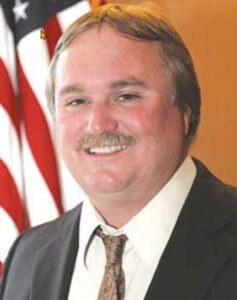
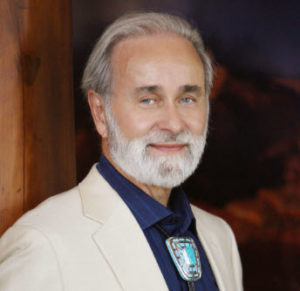
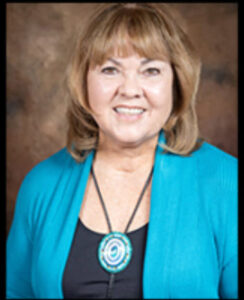
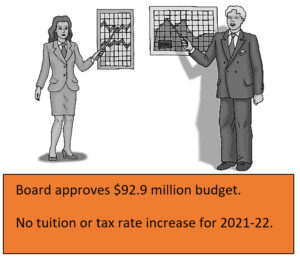 The Yavapai Community College District Governing Board (DGB) approved the College’s $92.9 million budget for 2021-2022 at its May meeting. The vote was 4-to-1 with Mr. Chris Kuknyo dissenting.
The Yavapai Community College District Governing Board (DGB) approved the College’s $92.9 million budget for 2021-2022 at its May meeting. The vote was 4-to-1 with Mr. Chris Kuknyo dissenting.